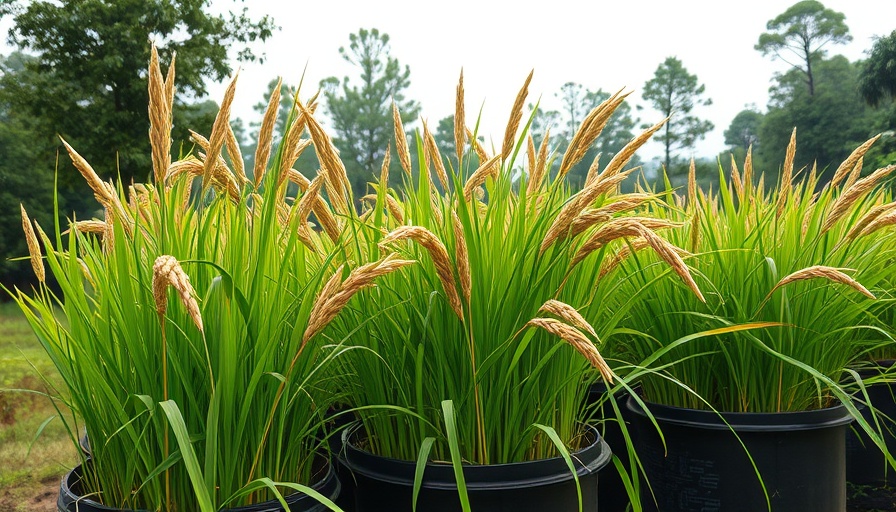
Reviving Traditions: The Potential of Wild Rice
In northwestern Ontario, wild rice, also known as manoomin in Ojibwe, holds significant cultural, nutritional, and ecological value. As modern agricultural practices often overlook the importance of traditional crops, researchers like Dr. Vince Palace of the International Institute for Sustainable Development (IISD) are spearheading initiatives to bring this staple back into the limelight. His multidimensional project—Multi-culture Agribusiness for Northern Ontario Managed by Indigenous Nations—aims to not only restore wild rice cultivation but also to enhance food sovereignty for Indigenous communities.
Food Sovereignty and Cultural Significance
Food sovereignty encompasses the right of communities to produce and access healthy food, reflecting their cultural traditions. Wild rice cultivation represents a deeply rooted cultural practice among the Anishinabe people. Dr. Palace emphasizes that the decline of wild rice populations, particularly in the Rainy River system, is alarming for both ecological balance and cultural identity. The prophetic teaching of traveling west to find places where food grows on water profoundly illustrates the significance of wild rice in their heritage.
Collaborations for Sustainability: A Community Effort
The partnership between IISD, Lakehead University, and local Indigenous communities is pivotal in this research initiative. It marks a shift from traditional top-down approaches to a more inclusive model, focusing on community engagement. The team's collaboration with Myera Group from Manitoba aims to incorporate sustainable aquaculture practices into wild rice cultivation. The idea is to utilize fish waste as a natural fertilizer, fostering a symbiotic relationship between the aquatic ecosystem and agriculture.
Exploring Practical Solutions: Challenges and Innovations
The initial findings of the research revealed significant challenges. Although fish waste is rich in nitrogen, the volume of wild rice needed to neutralize that waste exceeds practical growing limits. This calls for innovative solutions and possibly revisiting local agricultural techniques to enhance rice growth efficiency. By exploring the indigenous ecological knowledge and marrying it with contemporary sustainable practices, the project seeks to find the sweet spot for successful wild rice farming.
The Future: Reimagining Agriculture Through Indigenous Wisdom
As the project moves forward, it symbolizes broader efforts to reconnect Indigenous peoples with traditional food systems while addressing contemporary food needs. Future predictions suggest that with the right methodologies in place, wild rice could become a resilient crop, bolstering not only food security but also the economy of Indigenous communities through agriculture. The potential for wild rice to re-establish itself as a significant crop is bright, provided the right support and investments are made.
Conclusion: Supporting Indigenous Agricultural Practices
The stories of wild rice are stories of resilience, tradition, and the interconnectedness between the land and its people. Understanding the importance of this crop is essential for appreciating the larger narrative of Indigenous rights and food sovereignty in Canada. As residents of Ontario, we must actively engage in supporting these initiatives that restore not only crops like wild rice but the cultural heritage that comes with them. Now is the time for us to acknowledge and uplift Indigenous agricultural practices, ensuring they thrive for future generations.
 Add Row
Add Row  Add
Add 




Write A Comment